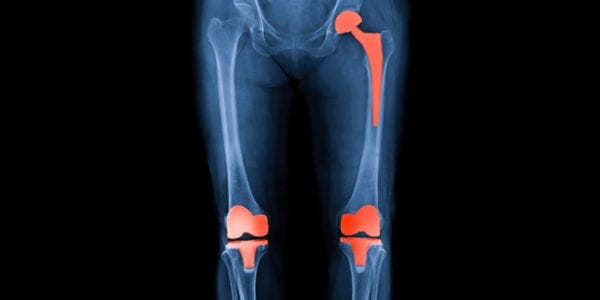Investors Prioritize Care Delivery, Post-Revenue Companies
Extremities, sports medicine, digital health and the hospital supply chain remain attractive areas for orthopaedic innovation, according to investors who spoke during this year's Musculoskeletal New Ventures Conference. This seems like a natural course, with extremities and sports medicine being high-growth segments of orthopaedics and innovations in digital health and supply chain routinely mentioned as solutions to complex industry challenges. The sentiment that we took away from the discussion was optimism about the number of investment opportunities available, and about orthopaedics as a whole. Nov 15, 2018








